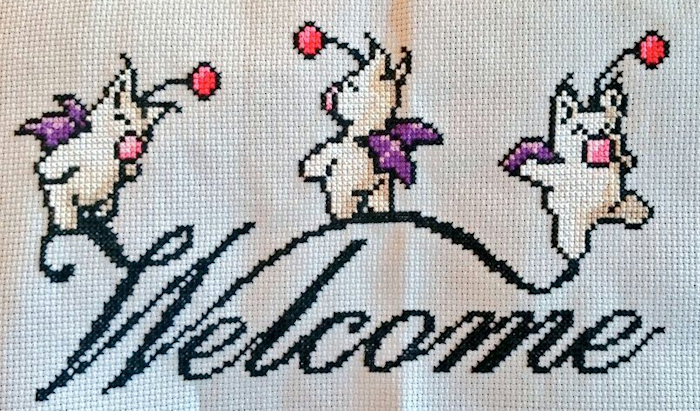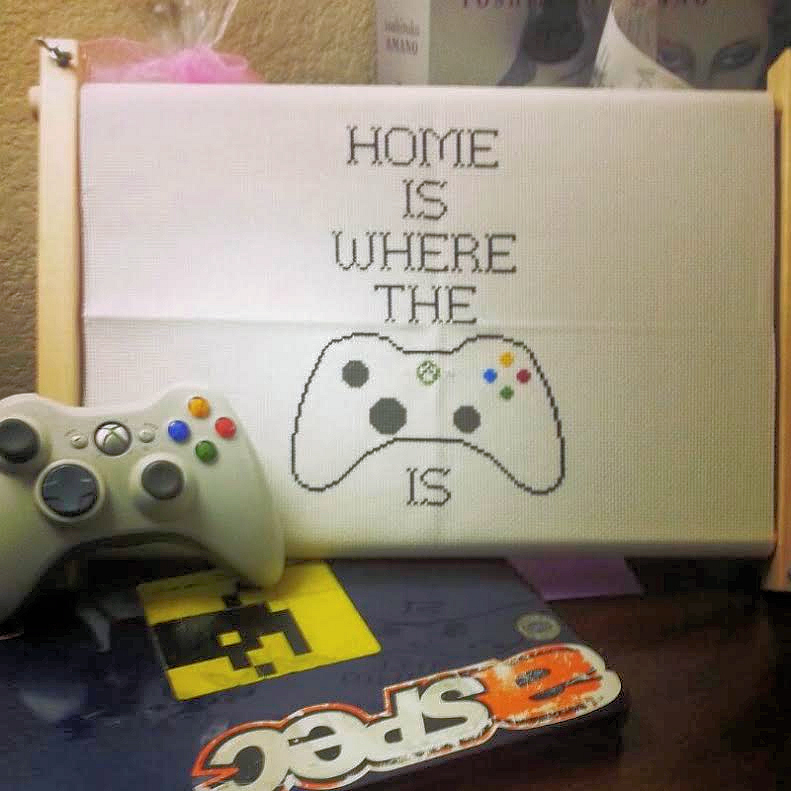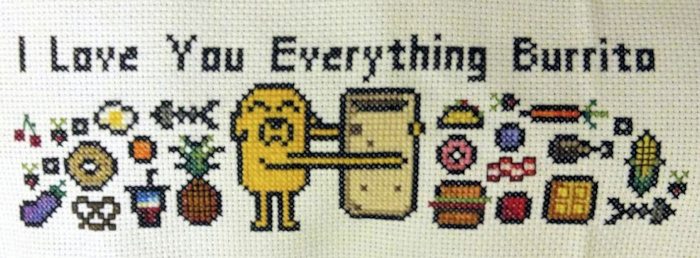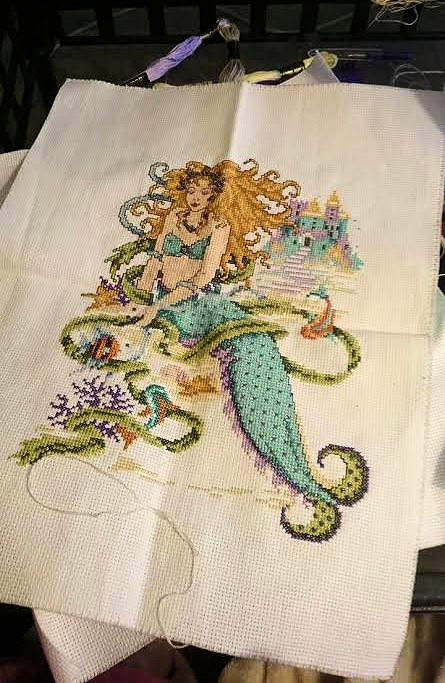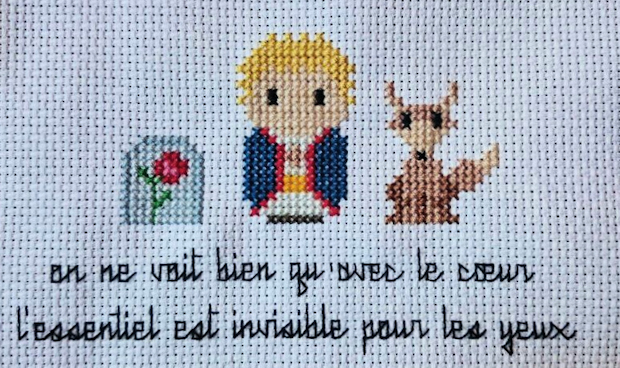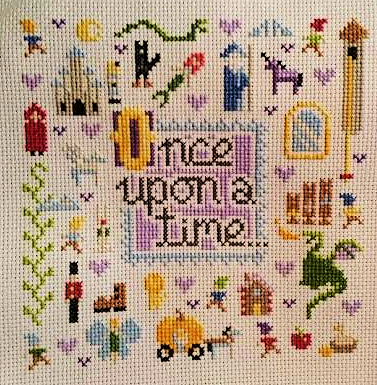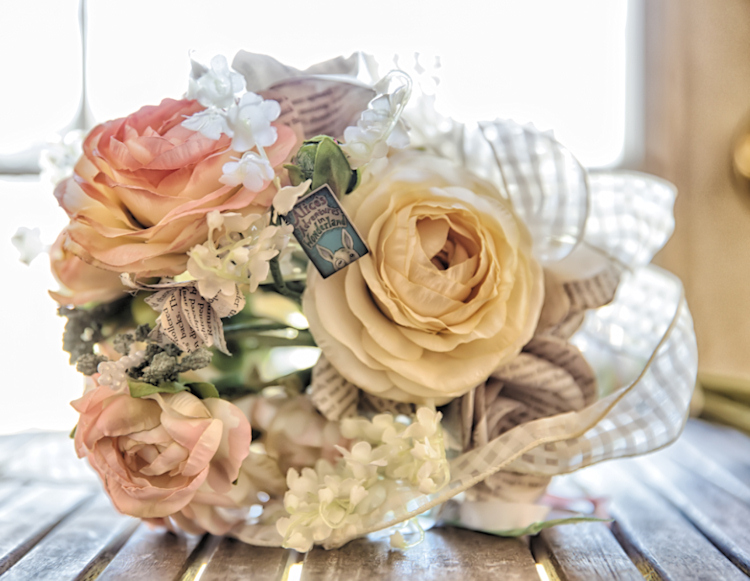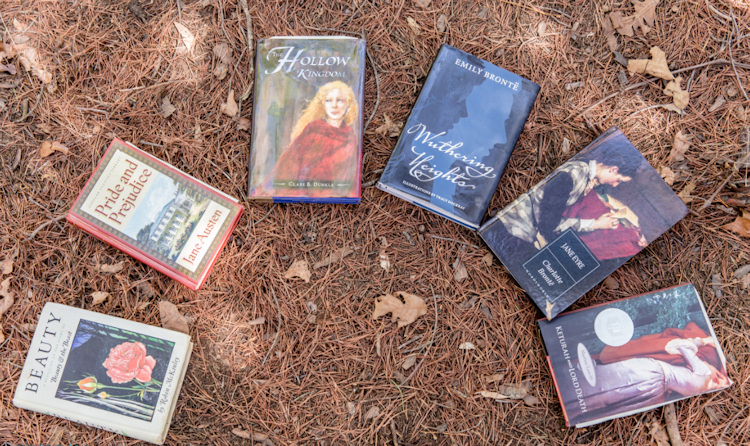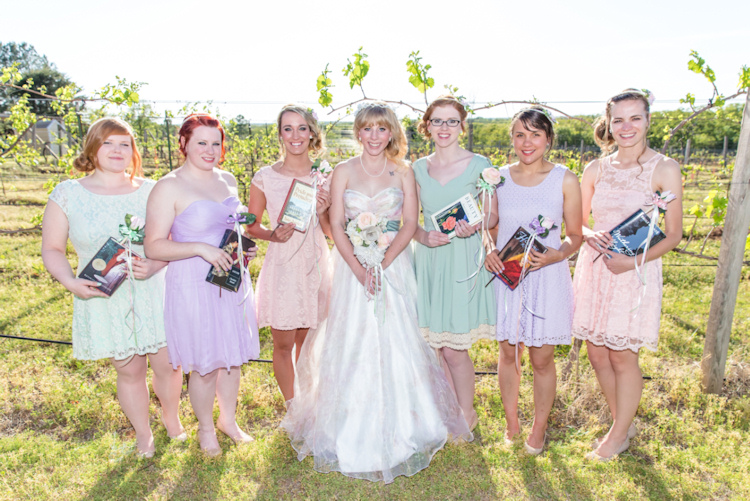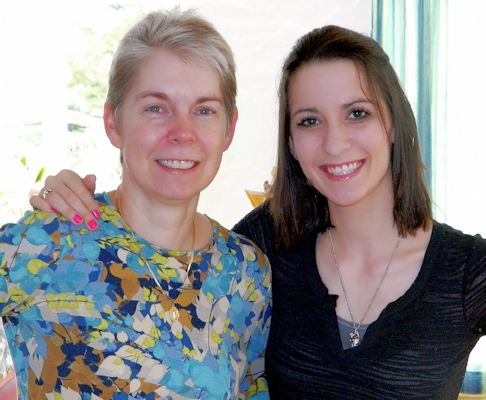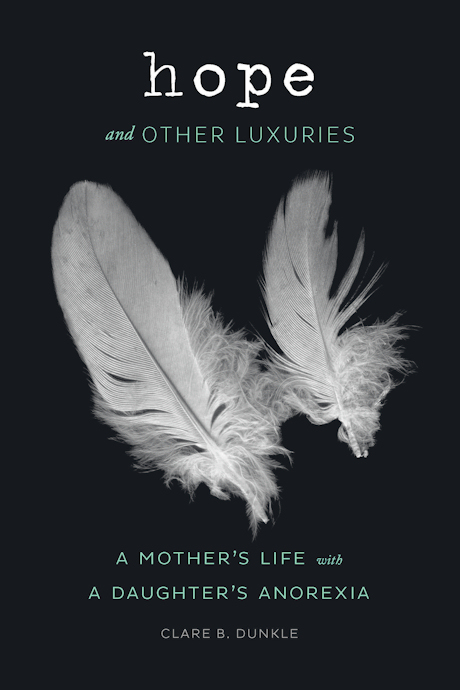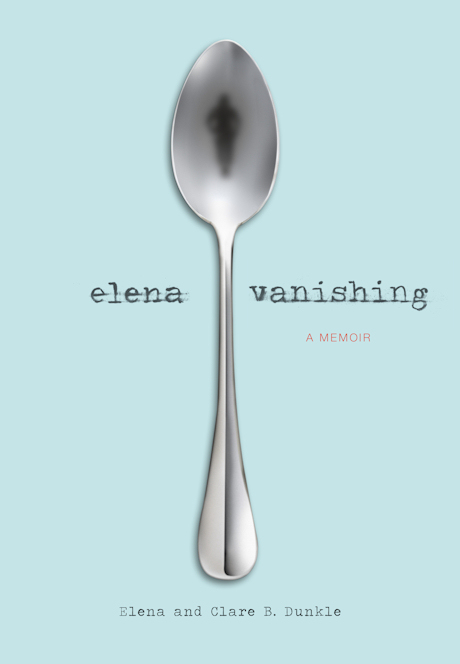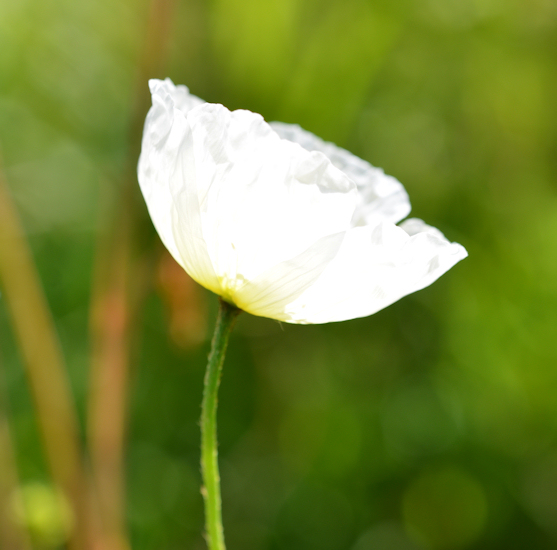Last week, I had my photograph taken–for the very first time.
Now, it’s true that other photographs of me exist. Not many, I’ll admit, because I don’t pose willingly. Perhaps that’s because my career as a photography model didn’t get off to a very good start.
The earliest photo of myself that I remember comes from when I was two years old. I was wearing an adorable Easter outfit, complete with fuchsia tights, and my mother wanted me to pose for a few outdoor shots before coming into the house. I couldn’t yet speak, so I didn’t argue, but I remember very clearly my indignation at being separated from my Easter basket for a single extra second. I scowled furiously as the shutter snapped open. Then our rambunctious cat, Tom, raced over and clawed me right in the fuchsia tights. As I collapsed in a howling heap, my mother went on to snap several charming pictures of the cat.
If I admit to posing for photos before I could even speak, then why do I say that I haven’t had my photograph taken before? Because most photographs aren’t taken. They just happen. The press of a button lets in light, and whatever is in front of the lens freezes. But that isn’t taking a photograph. It’s opening a shutter. I’m here to tell you, there’s a difference.
The Times Magazine is serializing Elena’s and my memoirs, Elena Vanishing and Hope and Other Luxuries. They needed photographs for this, so they flew a photographer over to Germany, and we met at a rented studio in Frankfurt.
The photographer, Mark Harrison, is at the top of his profession, as a quick glance through his website will amply demonstrate. He has specialized in portraits from Day One of his career; lighting and photographing the human body is his passion. In his decades in the business, he has photographed too many celebrities and seen his work on too many covers to count. His portrait work is in the National Portrait Gallery, for heaven’s sake. Does it get any better than that?
I had read that Mark knows what he’s looking for from a subject and what he’ll be able to get within a couple of minutes of meeting that subject for the first time. I found that absolutely fascinating. Writing is what I do well, but I take that talent for granted. It amazed me to think about this prodigious talent Mark has that is completely alien to me, a gift for studying and lighting the planes of the face.
The two of us chatted while Chris, the lighting man, worked to prepare the set. Mark told me that it’s hardest to please his client when the client is also the subject. “We all have our own mental image of ourselves,” he explained, “and we may have a photograph that captures that–usually a quick, candid shot that matches in some way what we recognize from our mirror. But mirrors don’t give us reality. For one thing, the image is reversed.” And he talked about how hard it is to dislodge that mirror-image from the client’s mind when it comes to assessing a client’s own portrait.
I thought about that. My physical appearance has never mattered to me all that much; what I treasure about myself is my quick, scheming brain. I’ve never had strong negative or positive feelings about how I look. I’ve always felt that I look nicely average. My goal for my appearance is, to paraphrase St. Francis de Sales, to look in such a way that I give the young no reason to roll their eyes and the old no reason to gasp. This is a fairly modest goal. In fact, it’s the essence of modesty.
Beyond that, I don’t give my appearance much thought. I probably spend only seconds a day looking in a mirror. I’ve never been one to take myself apart and analyze each feature separately, either. Why bother? Features are a package deal. So I don’t particularly care whether I have a good or bad nose. My idea of a bad nose is the one Collegiate Assessor Kovalyov had in Nikolai Gogol’s short story. His nose went parading around the streets on its own in a gold-braided uniform, and when he told it to come back, it insulted him. Now, that was an awful nose!
Still, thinking over what Mark had said, I realized that I do recognize myself by one specific feature, and the photographs I most like of myself include it. It’s a certain twinkle in my eyes. My father has it too, and it’s the feature that unites all photographs of him, from age twenty to age eighty. Whatever haircut he might have, whatever mustache he might sport (he curled his whiskers with wax at one point), that twinkle renders him instantly recognizable, and it’s pretty much all I see of me too.
But, in keeping with the nature of the books, this was to be a somber shoot. No twinkle.
Tina, the makeup artist, took over half an hour to get me ready to face the bright lights. She too was a real professional. She’s successful enough to live and work for three months each winter in South Africa, which is the dream of a number of Germans I know. The thing that impressed me most was that she had about thirty different natural-hair brushes in a leather holder. They reminded me of Paul’s woodcarving knives from By These Ten Bones.
When Tina was satisfied, I donned the first of three outfits and stepped out onto the set. It consisted of a white curving space upon which a series of lights and reflecting boards had been placed in a highly technical and arcane arrangement. There were lights all around. That’s all I can say. It’s a statement about as profound and helpful as saying, “The liver-transplant surgeon held a knife.”
Mark showed me various ways to stand, and the shoot got underway. The pace was brisk. Mark took photos while Chris studied the results on a computer and made the adjustments Mark wanted to the set. Whenever there was a lull, Tina hurried over to touch up my makeup. Everyone was busy but me. I was busy standing still.
Since I couldn’t understand much about what was going on, I focused on Mark’s technique instead. Unlike amateur photographers (think of your mother), he never once used the words stop, no, or don’t. In fact, he made not a single negative comment of any sort during the whole multi-hour shoot. I several times pointed out that I had blinked, but Mark let those comments go by. The only things he said were positive: “Lovely!” or “Best shot of the day!” And when he needed to give me guidance, he took the time to put down the camera and come stand with me. “Here’s what people tend to do,” he would say gently, instead of the more obvious “This is what you’re doing wrong.” In fact, gentle describes Mark’s technique overall. Even his commands to the lighting man were gentle, as if he were trying not to break the concentration or tamper with the positive energy in the room.
Light was everything to the crew of professionals working around me. Chris worked constantly with them, turning on or off certain lights or sets of lights and reversing reflecting boards from white to black. Mark ordered minute adjustments to the boom lights: an inch this way or that. It fascinated me to think that he had already seen what he wanted while he was watching me talk earlier, and now he was working to pull that image out and make it a reality. That’s why it’s called “taking” a photograph, I decided: he had seen that possibility and was in the process of capturing it. I didn’t really have to do much except not get in the way of his work.
Elena saw my full-length shots when she went to her photo shoot and pronounced them amazing. I didn’t ask to see any of the full-length shots myself, though. I didn’t want to make myself feel self-conscious and suddenly start obsessing about my hands or shoulders. But Mark did show me the close-ups he had done, the classic “front of the book” or “cover of the magazine” portraits.
Sure enough, as Mark had suggested at the outset, I didn’t really recognize the woman in his photographs as me. Maybe it was because of the lighting or makeup. Maybe it was the missing twinkle. But I loved the woman he had found and brought to light. She looked wise and full of years, with a measure of grace and dignity that I don’t really associate with myself. This woman leaning close to the camera looked like a grande dame. She looked like someone I could admire.
“I love it that I look my age!” I said, and I meant it. Here was no attempt to hide the years of joy or suffering. This woman had come through hardship, but she hadn’t let it harden her. She had loved for many years–one could tell that by looking at her. The price she had paid could be seen on her face, but she didn’t care, and neither do I.
“You look lovely,” Mark corrected me, sounding slightly nettled for the very first time. But any fresh young face can look lovely. I looked better than that.
I looked like someone who loves.
Text copyright 2015 by Clare B. Dunkle. To read my latest blog posts, please click on the “Green and Pleasant Land” logo at the top of this page.


